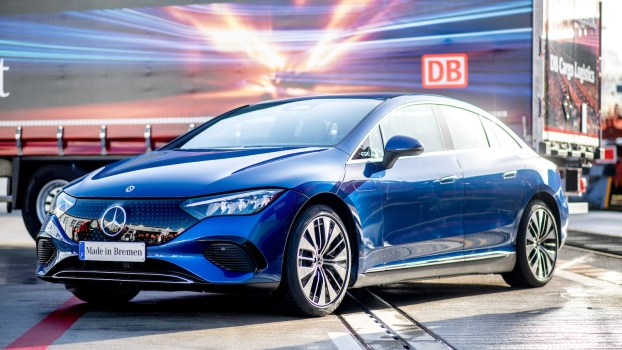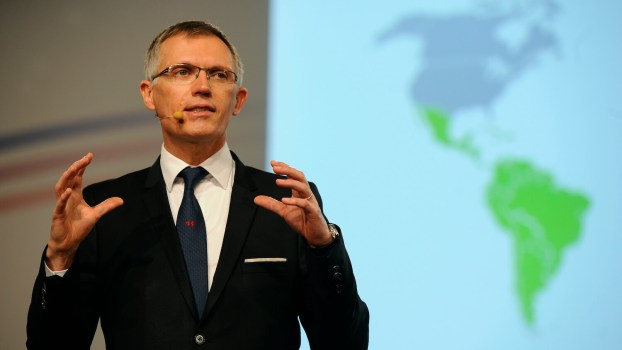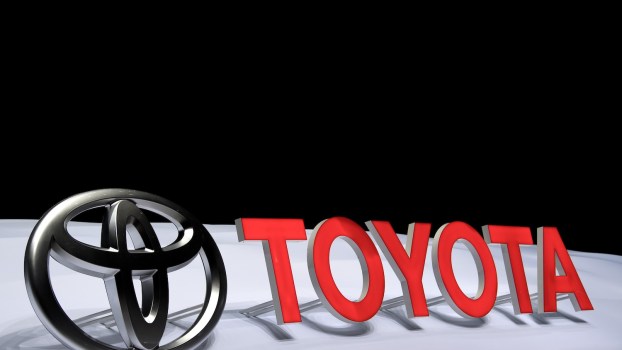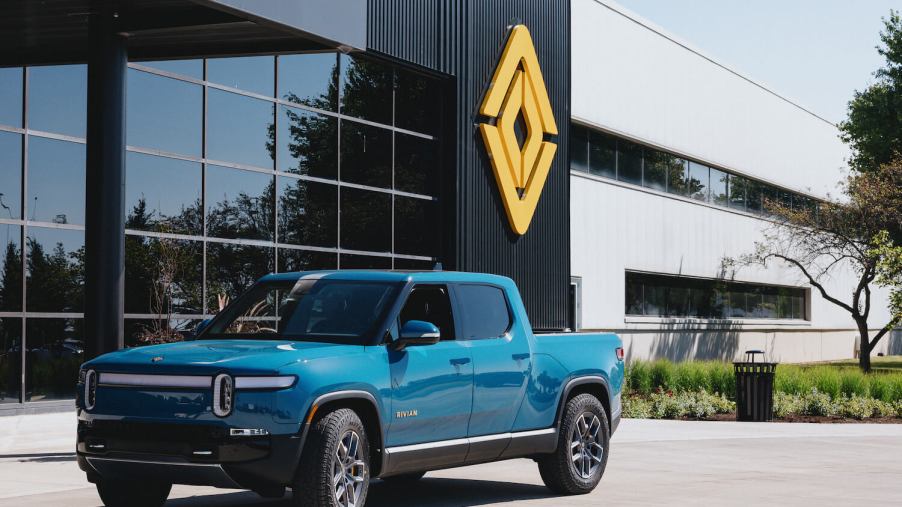
Not So Green: The Rivian Hogs Enough Lithium To Build 20 PHEVs
Rivian’s new long-range EV battery pack is 180 kWh, enabling up to 400 miles of range in its R1T truck or R1S SUV. And while more range seems like a good thing, it’s important to remember that our current limited lithium production is driving up the price–and even limiting the production–of both EVs and PHEVs. There’s enough lithium in this long-range truck’s battery to make 20 plug-in hybrids, 20 cars which could each take one ICE commuter off the road. If our goal is reducing carbon emissions, we are misusing our finite lithium.
Our lithium production is a significant bottleneck
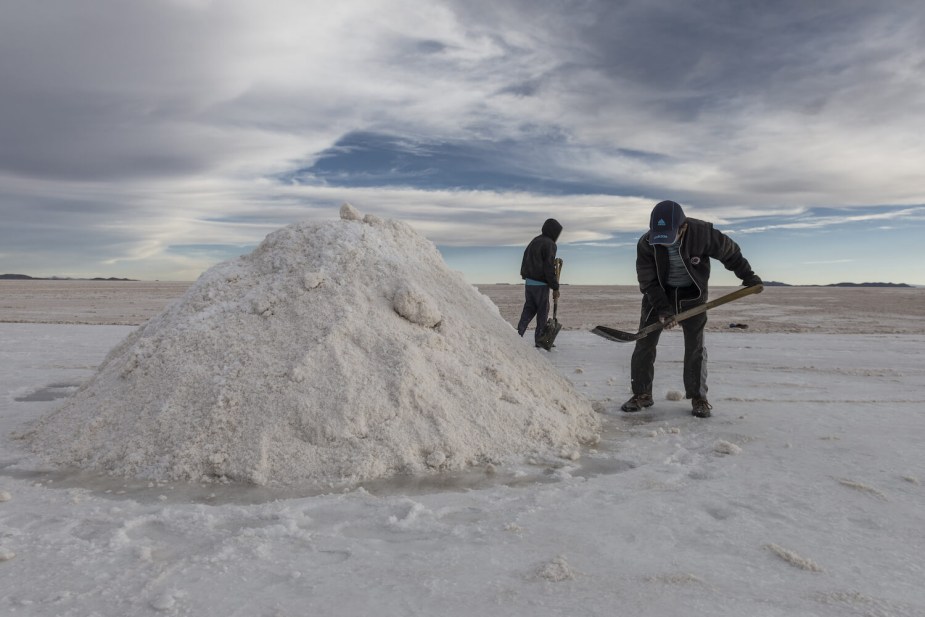
When asked about a lithium shortage, Elon Musk likes to say that lithium is one of the most abundant elements in the universe. And this may be true, but our current capacity to mine lithium is very limited. In addition, it currently can take a decade to get a new lithium mine online.
Because EV and PHEV production is on the rise while our lithium supply is static, Mercedes-Benz’s CEO warned that EVs might get more expensive before they get cheapers. EVs already cost 40% more than comparable ICE vehicles. If their price increases further, this could deter many drivers from choosing them.
The CEO of Stellantis had an even more dire warning. He said that even with unlimited mining, the earth might not contain enough lithium to replace all 1.3 billion ICE vehicles with Li-ion EVs.
There are other battery chemistries, such as Nimh, but none with the energy density required for EVs and PHEVs. We can only hope scientists will come up with something better. And soon. But in the meantime, we need to be smart about how we use our limited lithium.
How much lithium does an EV need?
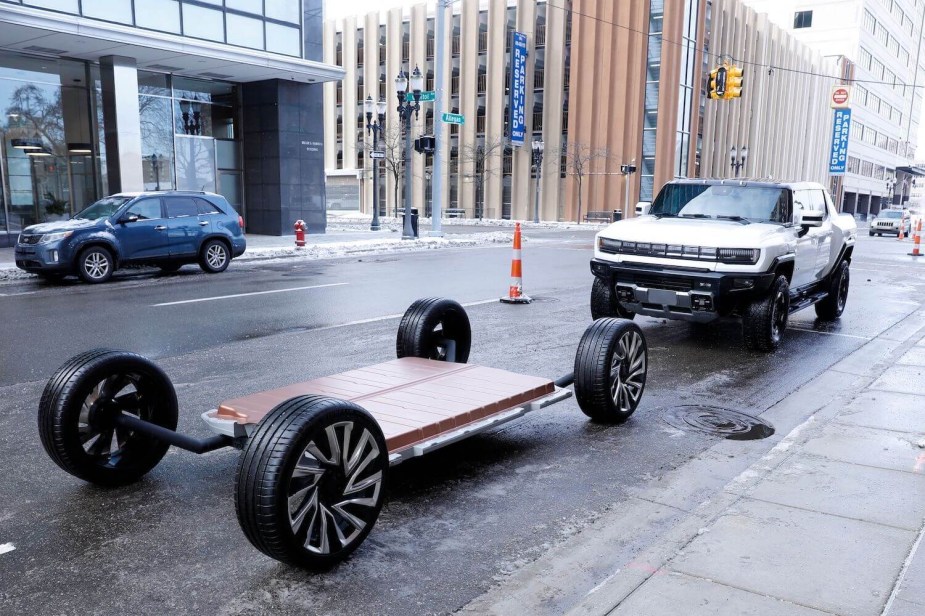
Creating the lithium compounds in Li-ion batteries requires raw lithium carbonate. A lot of it. For example, a 70 kWh Tesla battery uses 63 kg of lithium carbonate. Lithium carbonate distills down to about 19% pure lithium, so that’s 12 kg of lithium in that same battery. The ratio is 0.17kg of raw lithium per kWh. This may differ slightly by automaker, but not by much.
A Tesla Model S Plaid or Long Range with its 100 kWh battery uses 17 kg of lithium. A Rivian R1T’s 180 kWh long-range battery uses about 30.8 kg of lithium. The Hummer EV’s 212 kWh battery pack hogs about 36 kg of lithium.
Plug-in hybrid EVs (with a shorter electric-only range and an ICE engine for longer drives) use much less lithium. The Kia XCeed has an 8.9 kWh battery (using 1.513 kg of lithium), the MINI PHEV comes in at 9.6 kWh (1.632 kg of lithium), and until 2023, the Toyota Prius Prime got away with just 8.8 kWh (1.496 kg of lithium).
One long-range Rivian electric truck uses enough lithium for 20 PHEVs
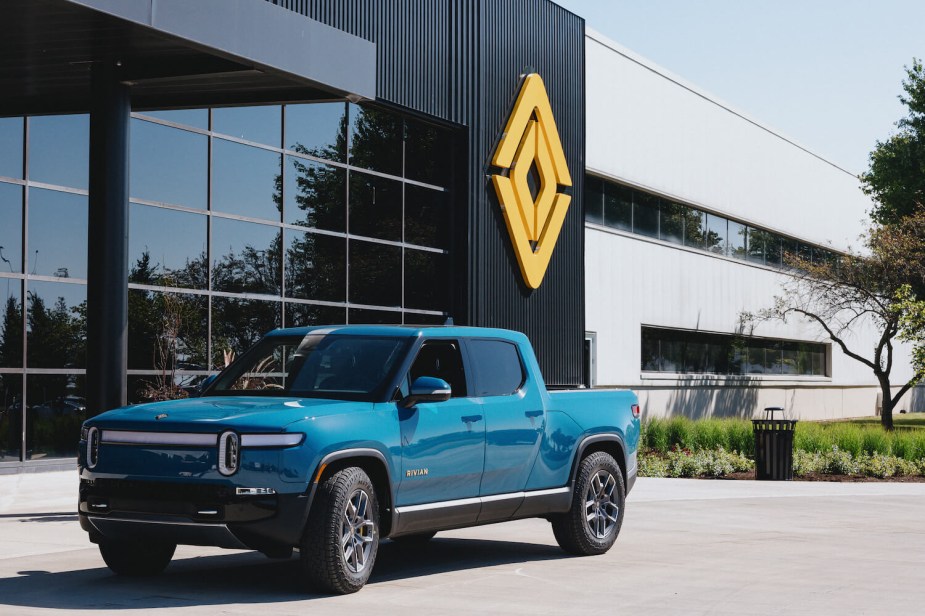
Plug-in hybrid vehicles–even with a modest range–can complete most commutes under electric power alone. If every vehicle were a PHEV, this would go a long way to reducing carbon emissions.
The 2022 Toyota Prius Prime PHEV gets 25 miles of all-electric range, while the Kia XCeed claims closer to 30 miles. According to the AAA, the average U.S. driver covers 29.2 miles daily–including their commute. That number is even lower in other countries. So with 1.5 kg of lithium, we could easily build a single PHEV capable of meeting the average driver’s daily needs without firing up its ICE.
Put another way, the Rivian R1T’s long-range battery uses up enough lithium to take 20 ICE vehicles off the road. This lithium hoarding is frankly harmful to our environment.
We currently use much of our available lithium to build heavy, long-range EVs for the wealthy to drive. Many Western countries, or states within larger countries, are considering all-out combustion bans. But such a ban would essentially turn this practice of lithium hoarding by the earth’s wealthiest into a law: if all the available lithium is going to vehicles in the West, there may not be enough for PHEVs in the rest of the world.
The irony is that even though the West can hog all the earth’s lithium, we still all need to live in the same atmosphere.
Next, see more reasons that a PHEV requirement is better than a combustion ban.
